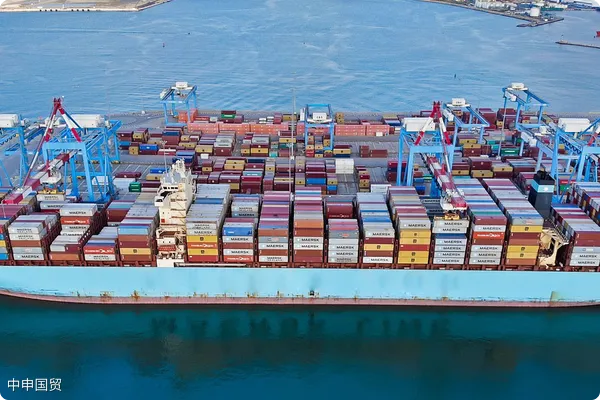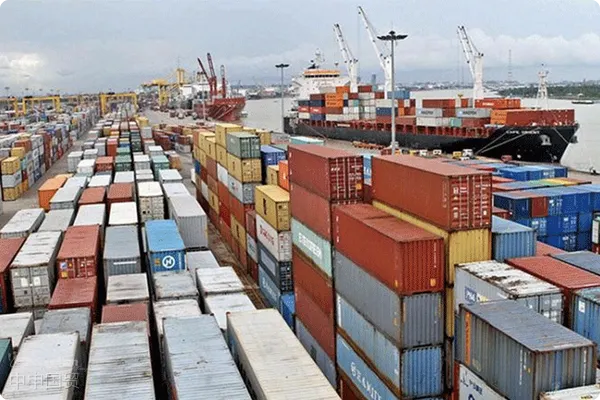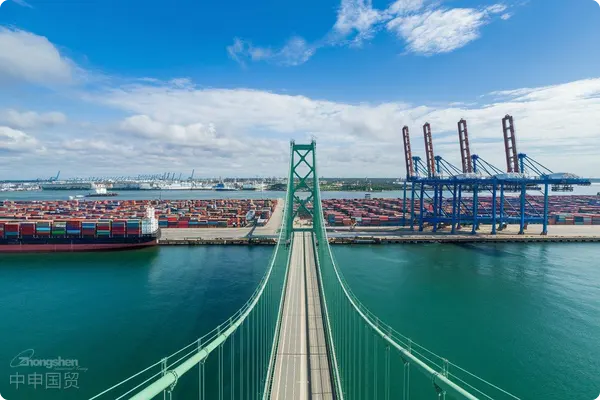- Shanghai Zhongshen International Trade Co., Ltd. - Two decades of trade agency expertise.
- Service Hotline: 139 1787 2118

In the context of global trade, export agency processes have become a key pathway for many enterprises to expand into international markets. This article will delve into the cash-on-delivery (COD) model in export agency processes, analyzing its operational mechanisms, advantages, and risks, and provide enterprises with a comprehensive operational guide.
I. Overview of the Agency Export Process
Export agency refers to a trade method where exporters ship goods to foreign markets through agents. Under this model, agents typically handle product promotion, sales, and logistics, while exporters focus on production and quality control. Cash-on-delivery is a common payment method in export agency processes, requiring buyers to pay for goods upon their arrival at the designated location.
II. Operational Mechanism of the Cash-on-Delivery Model
Both parties confirm the order
Under the cash-on-delivery model, the exporter and buyer must first agree on the product price, quantity, delivery time, etc., and sign a formal sales contract.
The agent handles logistics
The agent is responsible for transporting the goods from the exporter to the designated location. During transportation, the agent must ensure the goods arrive safely and intact.
Goods arrive at the designated location
Upon arrival at the designated location, the buyer must inspect the goods to confirm they meet the contract terms.
The buyer makes payment
After confirming the goods meet the contract terms, the buyer must pay as agreed.
The agent settles the payment
After receiving payment, the agent settles with the exporter and returns the remaining funds.
III. Advantages and Risks of the Cash-on-Delivery Model
Advantages
Reduces prepayment risk: The cash-on-delivery model lowers the prepayment risk borne by exporters during transactions.
Improves capital turnover: Exporters can quickly recoup funds after receiving payment, improving capital turnover.
Facilitates market expansion: The cash-on-delivery model helps exporters enter new markets by lowering entry barriers.
Changes in payment methods
Credit risk: Buyers may delay or refuse payment.
Logistics risk: Goods may be damaged or lost during transportation.
Currency exchange risk: Exchange rate fluctuations may negatively impact exporters profits.
Conclusion
The cash-on-delivery model offers significant advantages in export agency processes but also carries certain risks. Enterprises should choose payment methods based on their actual conditions and take effective measures to mitigate risks and ensure smooth transactions. As the international trade environment evolves, the cash-on-delivery model will continue to improve, offering exporters more convenience.
Related Recommendations
? 2025. All Rights Reserved. Shanghai ICP No. 2023007705-2  PSB Record: Shanghai No.31011502009912
PSB Record: Shanghai No.31011502009912










